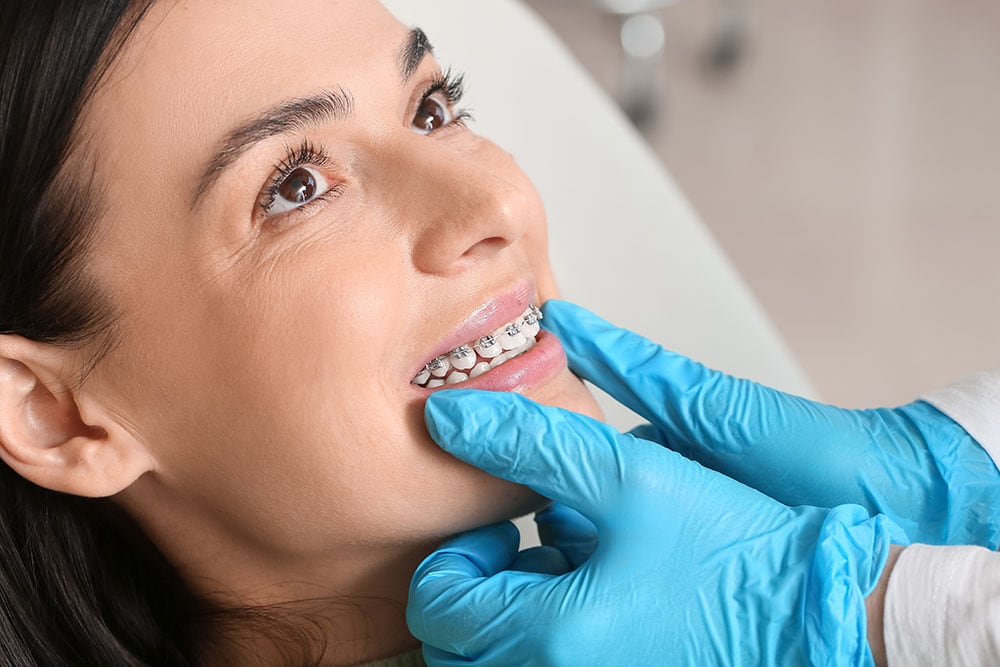Braces are orthodontic devices used to align and straighten teeth, improving dental health and aesthetics in patients of all ages. They consist of brackets bonded to teeth and connected by wires, applying gentle pressure over time to shift teeth into proper position. Our Blaine dentists can help patients of all ages achieve straighter, more uniform smiles with customized braces treatment plans.
What Is the Best Age for Braces?
The ideal age for braces varies, but it commonly falls between ages 10 and 14, when the head and mouth are still growing, making adjustments more effective. However, orthodontic treatment can be successful at any age, as long as the teeth and gums are healthy. Adult patients frequently benefit from orthodontic care, improving their bite alignment and enhancing their confidence.
Early evaluation by an orthodontist around age 6 or 7 can help determine if braces are needed and when the optimal time for treatment will be. As needed, phase 1 orthodontic treatment can be started around this time in order to ensure proper jaw and bite development. Phase 1 orthodontics often paves the way for a more effective and efficient phase 2 treatment, which may involve traditional braces or Invisalign®.
What Can I Expect in the Braces Process?
Braces treatment typically involves several stages. First, a dentist or orthodontist evaluates your teeth and creates a personalized treatment plan. Brackets are then bonded to teeth, and wires are attached, gradually shifting teeth into alignment. Adjustments are made every few weeks to apply controlled pressure. Patients may experience mild discomfort during adjustments. Good oral hygiene is essential to prevent plaque buildup, and your dentist will go over how to properly care for your teeth and gums during braces treatment.
For teen and adult patients with mild-to-moderate misalignment, Invisalign® may provide a viable alternative to traditional braces. The Invisalign® system used clear, removable aligners to gradually guide the teeth into place. Many patients enjoy the more discreet appearance it provides. However, Invisalign® is not suitable for all patients. More severe cases of misalignment may respond better to traditional braces. Furthermore, Invisalign® requires a greater level of personal responsibility and treatment compliance, which may be less ideal for younger patients.

How Long Do Braces Take to Straighten Teeth?
Depending on the complexity of the case, braces treatment typically takes 1-3 years. After braces are removed, a retainer is often worn to maintain the results. Regular follow-up appointments will be scheduled to monitor progress and ensure orthodontic relapse does not occur.
